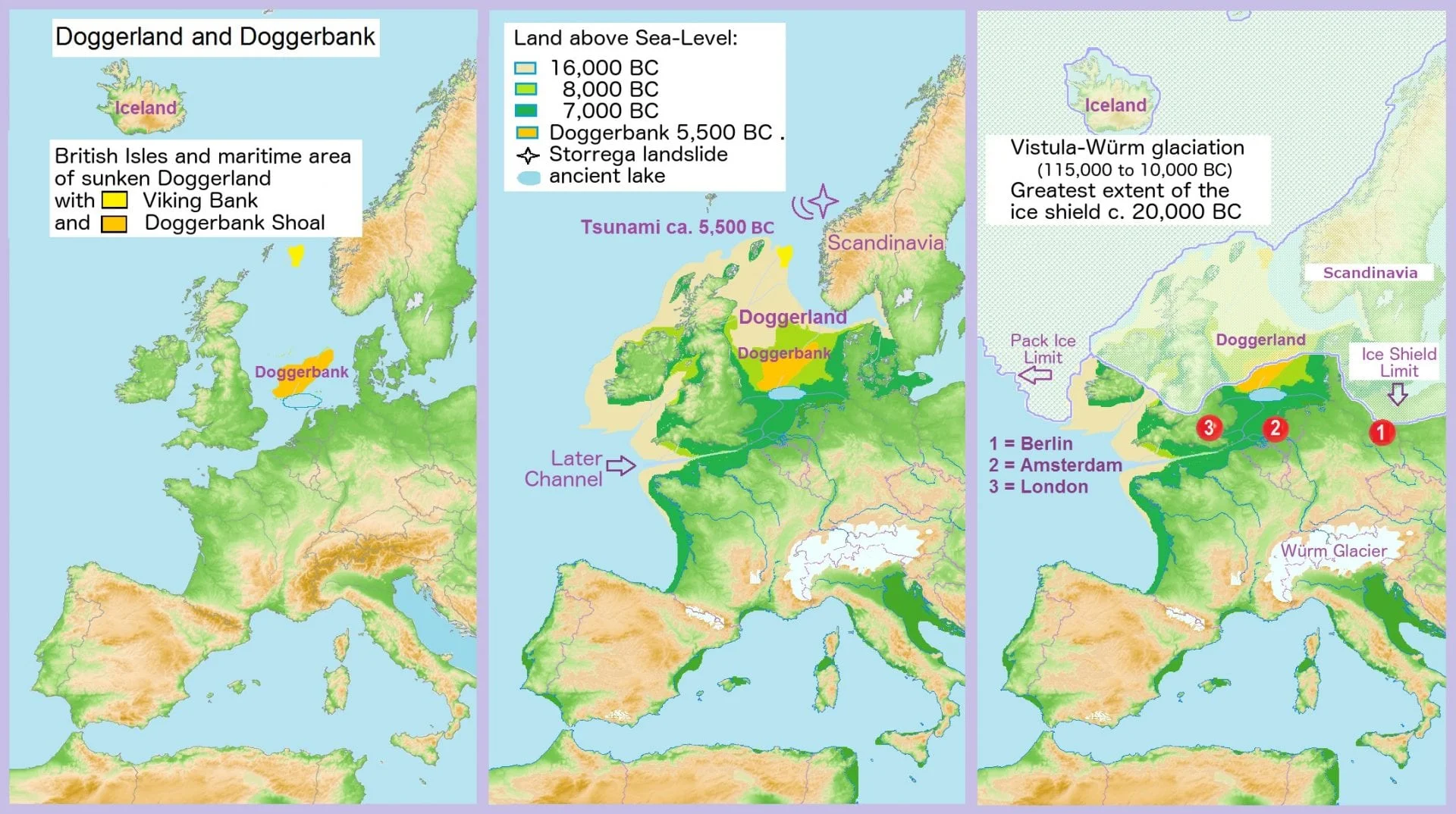

What is the state of technology in stabilizing and preserving these North Sea ice-age specimens? but i really consider what i've done too much of a shortcut, but then again, all the fossils are tj's, so it's his problem.

but i've still run it through long periods of fresh water with frequent changes and then into ethanol and then slow drying and then consolidation with vinac in acetone. The marine stuff i've found has been from relatively shallow water, which i see as a bit less of an issue. basic reverse osmosis isn't likely to do the trick. but if something was getting the full salt-water-under-pressure treatment for thousands of years, getting all that back out is somewhat of an issue. some things found in such environments that are considered worthy of the effort are subjected to years of desalination/conservation efforts. just covering or encasing something with some sort of plastic or copolymer "barrier" isn't the way to go. a great deal depends on what you're trying to preserve. there has been quite a bit written about trying to preserve things from such an environment. Lots of fossils come out of the north sea.


 0 kommentar(er)
0 kommentar(er)
